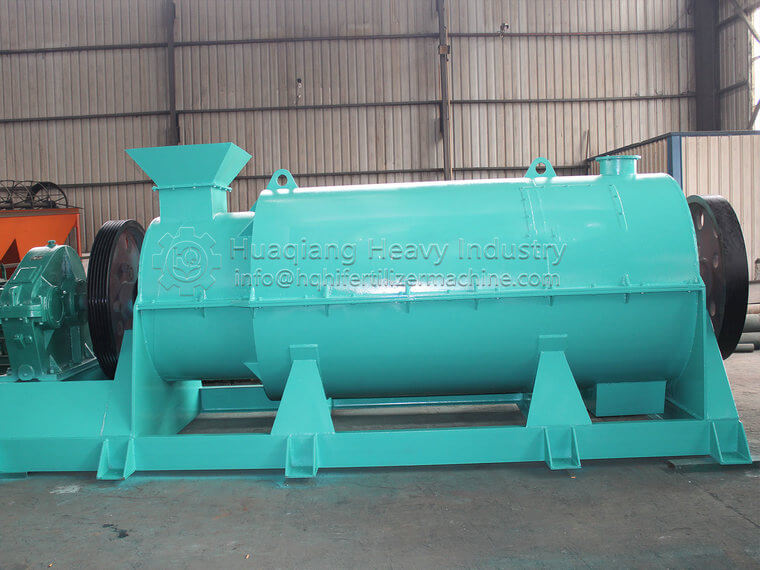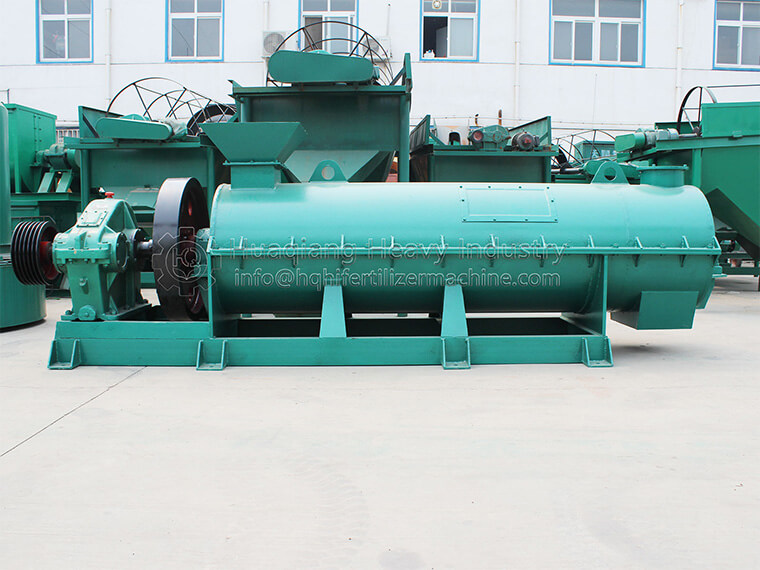The cost of establishing a small organic fertilizer equipment will vary based on various factors, including equipment size, technical complexity, production capacity, automation level, brand, supplier, regional differences, and whether installation and after-sales service are included. The following are some factors that may affect costs:
Equipment scale: The cost may vary depending on the scale of small equipment. The higher the production, the more expensive the equipment may be.
Equipment type: The organic fertilizer production line includes crushers, mixers, fermentation equipment, granulators, dryers, screening machines, and packaging machines. Different types of equipment and configurations will affect the total cost.
Technical specifications: The technical level, energy efficiency, and durability of the equipment will also affect the price.
Automation level: The higher the level of automation, the higher the equipment cost may be, but in the long run, it may reduce labor costs.
Brand and supplier: The prices of equipment from different brands and suppliers may vary significantly.
Transportation and installation: The transportation and installation costs of the equipment should also be included in the total cost.
Regional differences: The economic conditions and market demand in different regions may affect the prices of equipment.
After sales service: Good after-sales service and warranty policies may increase equipment costs, but can reduce future maintenance costs.
Raw material and energy costs: Although not a part of equipment costs, the raw material and energy costs for producing organic fertilizers also need to be considered.
Due to the above factors, it is difficult to provide an exact price range. Usually, the cost of small-scale organic fertilizer production lines may range from tens of thousands to hundreds of thousands of yuan. To obtain a more accurate quotation, it is recommended to directly contact the equipment supplier and provide specific production requirements and scale to obtain a detailed quotation and plan.
Please note that sufficient market research and cost-benefit analysis should be conducted before investing to ensure the rationality and profitability potential of the investment.


.jpg)



.jpg)
.jpg)
.jpg)